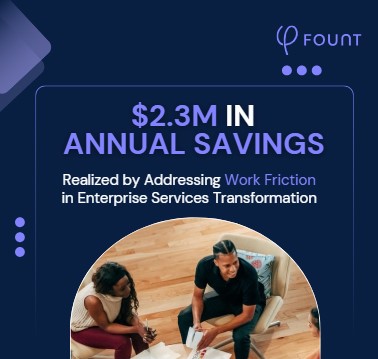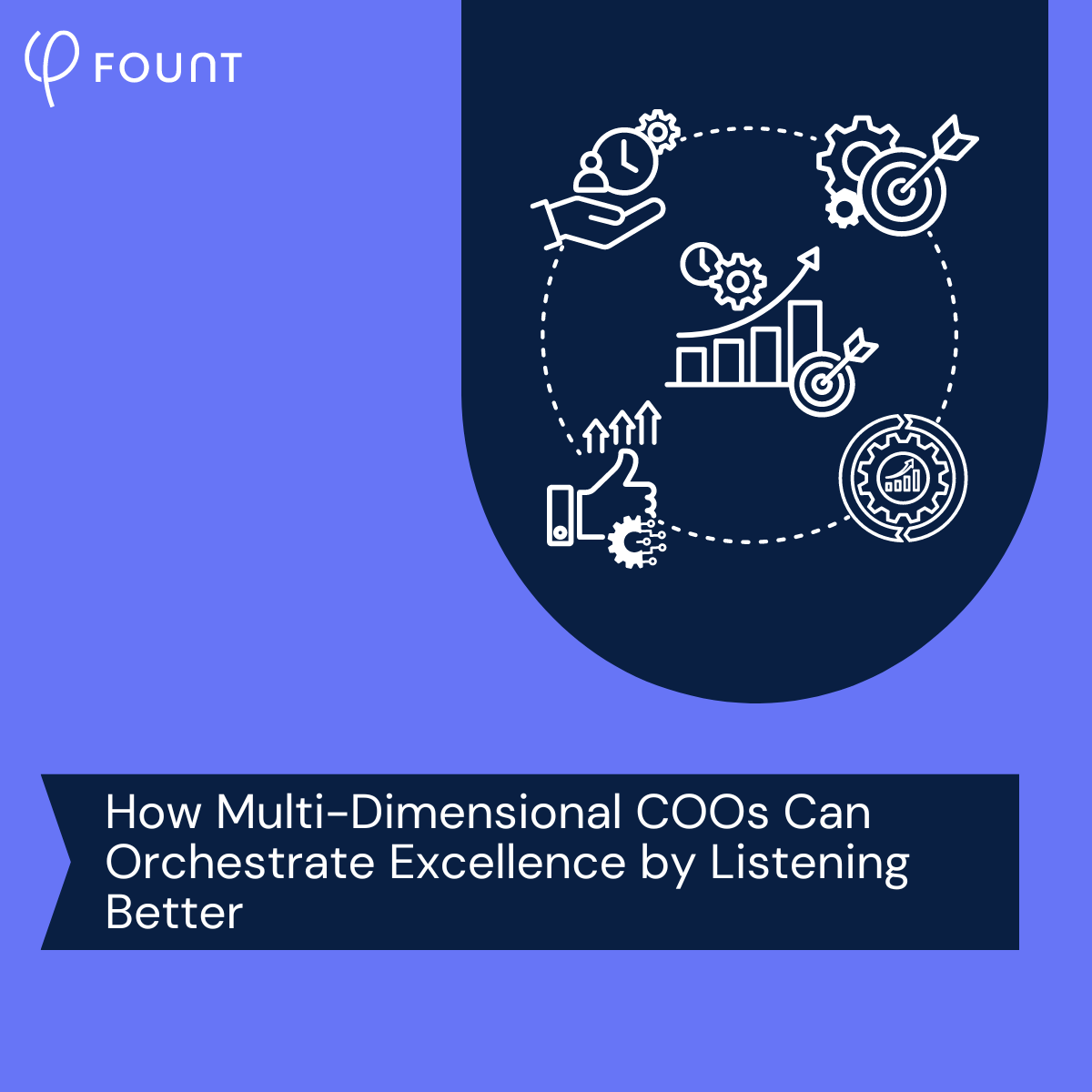Work Friction Q&A With Christophe Martel
In today’s dynamic workplace, the concept of work friction has become more critical than ever, especially in the aftermath of the COVID-19 pandemic.
FOUNT’s CEO, Christophe Martel, explains the concept of work friction in this Q&A interview with Jessica Miller-Merrell of Workology, a destination for innovative workplace leaders. He discusses how minimizing work friction enhances employee experiences in global organizations.
In the interview, Christophe highlights how FOUNT’s platform addresses work friction.
FOUNT has developed a moment-centric data model that is anchored to specific activities – not work in general. It uses short, targeted surveys to pinpoint when friction is occurring in employees’ day-to-day workflow, learn what’s most important to fix, and connect solutions to the actual work environment.
Here are the 5 Questions Christophe answered:
Q: What is work friction and what is its impact on the workplace?
Put simply, work friction is perceived by employees as wasted effort and energy they shouldn’t have to expend in order to do their jobs. Everyone’s familiar with it. Picture things like outdated or complex policies, your boss not leaning in on your career planning, or cumbersome tools and environments that don’t fit the most efficient ways of working – there are a lot of examples out there.
Work friction frustrates employees because it makes it harder to do their jobs. But it’s also bad for the business: leaders want things to keep moving without getting stalled. The people who make decisions about new tools and policies don’t always see what employees experience in the day-to-day flow of work. In fact, work friction can only be seen through the eyes of the employee. Through them, you can find out exactly what gets in their way and locate the most important friction points to fix.
Q: Are we seeing more work dysfunction and friction today because of the COVID-19 pandemic?
Yes. Work friction has always been there – particularly at large organizations – but the pandemic exacerbated some things that business leaders maybe didn’t see or understand as well. Knowledge workers were still able to do their jobs while working from home, which opened up conversations about flexible work that weren’t happening before. And frontline workers were experiencing a tremendous amount of friction and turnover until it became evident that the world does not function without them.
I think what we’ve seen since the start of the pandemic is a lot more listening. But the question is, what kind of listening? Many individuals experience survey fatigue when listening is not connected to positive changes in their work environment.
Q: How does FOUNT solve the work friction problem?
FOUNT has developed a moment-centric data model that is anchored to specific activities – not work in general. It uses short, targeted surveys to pinpoint when friction is occurring in employees’ day-to-day workflow, learn what’s most important to fix, and connect solutions to the actual work environment.
You only need about 50 data points to establish statistical significance with work friction data. It’s enough to identify and prioritize the things that will have the biggest impact on individuals. This encompasses the full range of work, from common HR moments that all employees experience (such as pursuing a new internal role or taking leave) to specific business moments (such as solving a customer issue or scheduling a shift change).
The resulting insights are visualized in a simple and organized way, so HR, IT, and business leaders know where to begin. They can connect the dots between their efforts to make improvements and the reality of what is most important to fix, according to employees. FOUNT takes the guesswork out of knowing where to direct efforts and, for the first time, provides metrics to show whether you’re actually making a difference. The benefits: less frustration, burnout, and turnover.
Q: How can FOUNT improve efficiency at the organizational level?
Efficiency is connected to how productive your workforce is and the amount of work wasted along the way.
Work friction data helps identify those things that may be invisible to those developing the policies or procuring new tools yet get in the way and create friction for workers. So each improvement helps the entire organization be more productive and waste less time and effort – not just in terms of total work output, but also in terms of the ability to do work without the usual headwinds.
Q: How does FOUNT help HR leaders identify points of friction?
HR leaders own core parts of the employee experience, whether that’s onboarding, taking parental leave, taking medical leave, or getting paid. Leaders have embraced a lot of great technology to make that experience smoother – at least in theory. But in practice, they might inadvertently introduce more friction if they don’t understand how each tool or transformation affects employees.
FOUNT helps HR leaders become more strategic with a powerful new dataset. Work friction data gets to the root cause of what’s frustrating employees and causing them to burn out. This enables them to better partner with business leaders and ensure their HR workstreams are focused on the most important challenges facing the business. By establishing themselves as friction fighters within their organizations, they will become even more critical drivers of value to both people and the business.
To read the article on the Workology website, visit this link. To learn more about work friction, download our latest whitepaper.
ABOUT Workology
Workology is a destination for the disruptive workplace leader discussing trends, tools, and case studies for HR, recruiting professionals, and business leaders.
Related Resources
See all News
Guest Post
3 Signs Your GBS Is Creating Friction Instead of Flow (And How to Fix It)
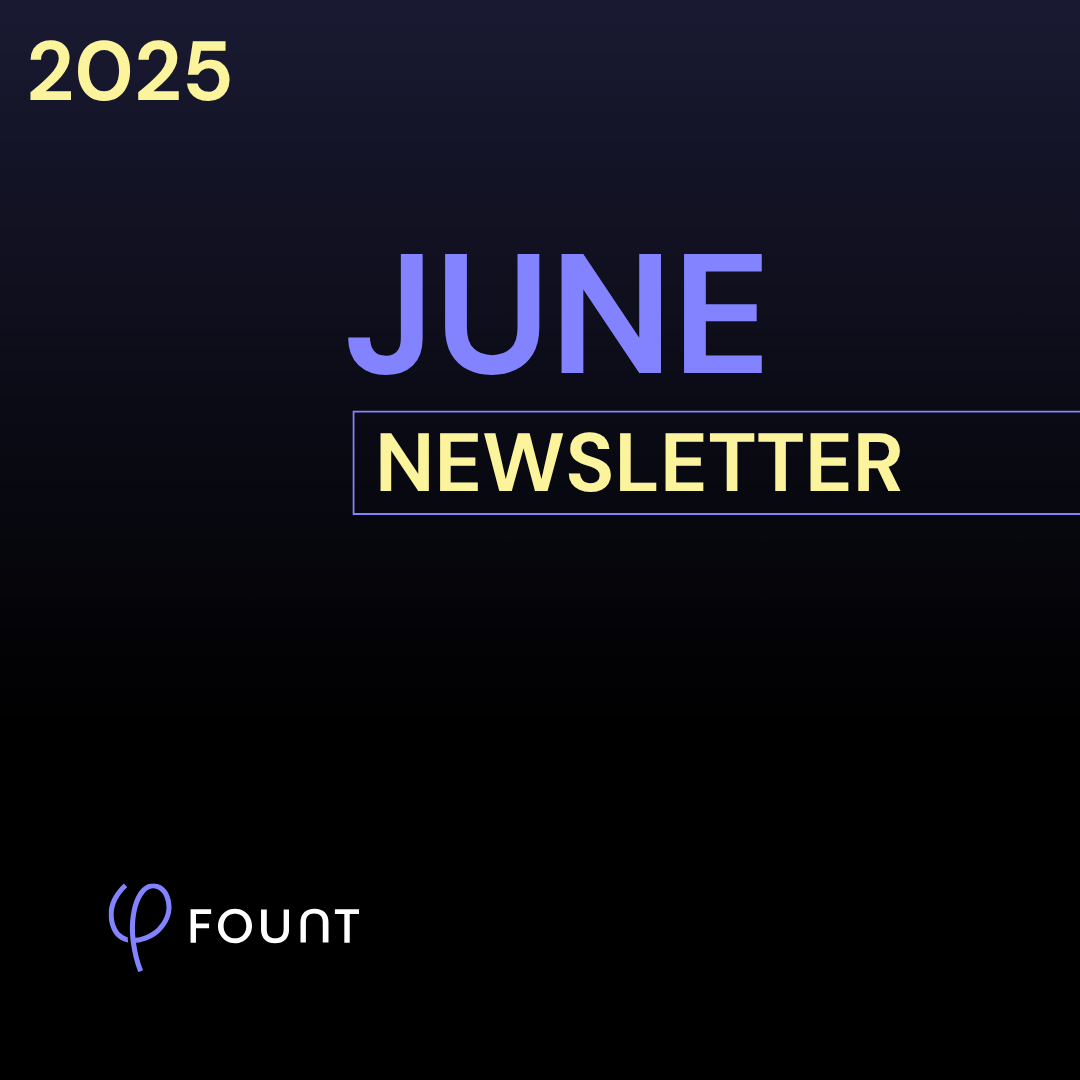
FOUNT News
June Newsletter: Friction is Killing Your AI ROI.

Insights
Breaking the False Tradeoff in GBS: Efficiency vs. Experience
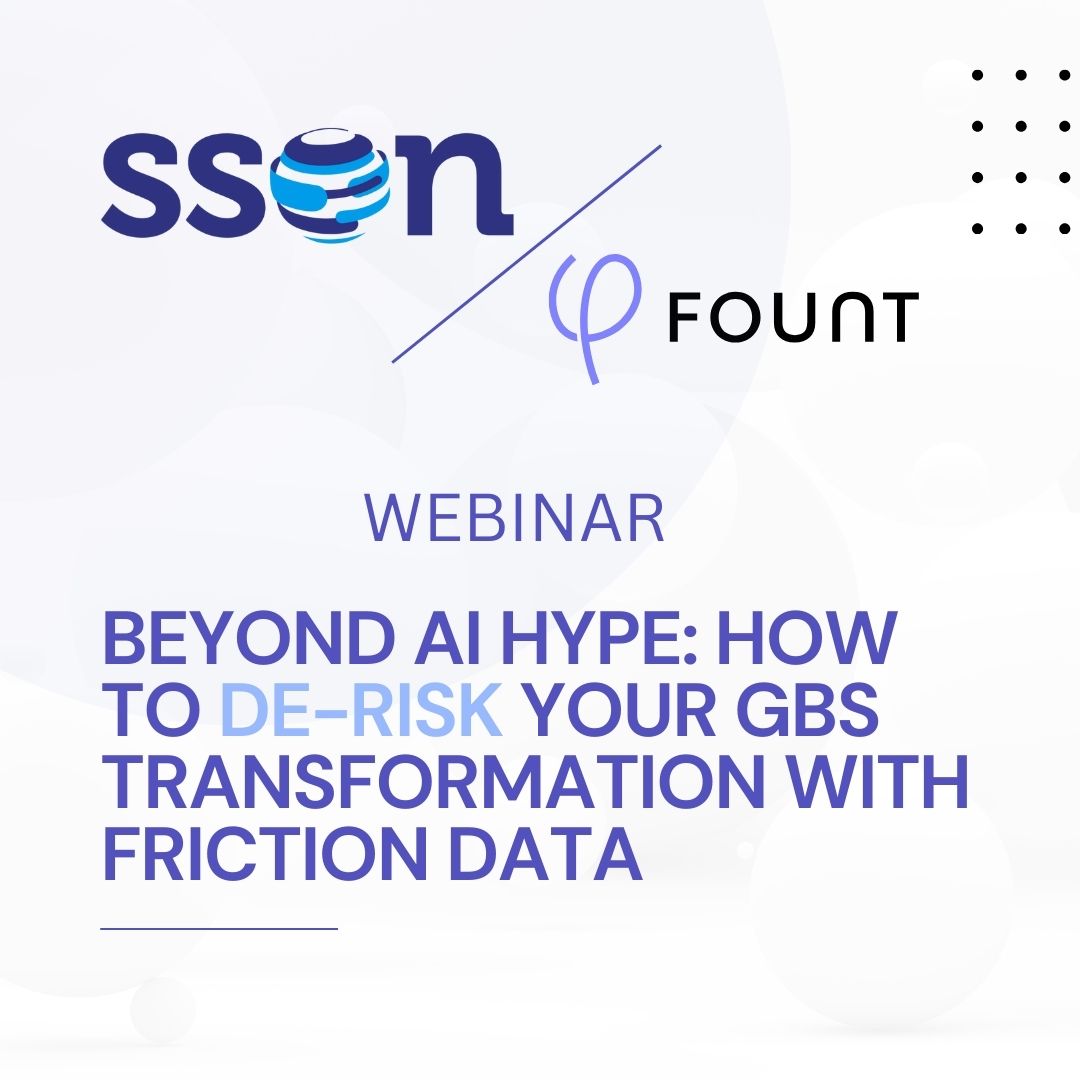
Events
LIVE Webinar – July 9th for SSON Network. Beyond AI Hype: How to De-Risk Your GBS Transformation with Friction Data

Insights
To Create New Value, GBS Leaders Need Different Data
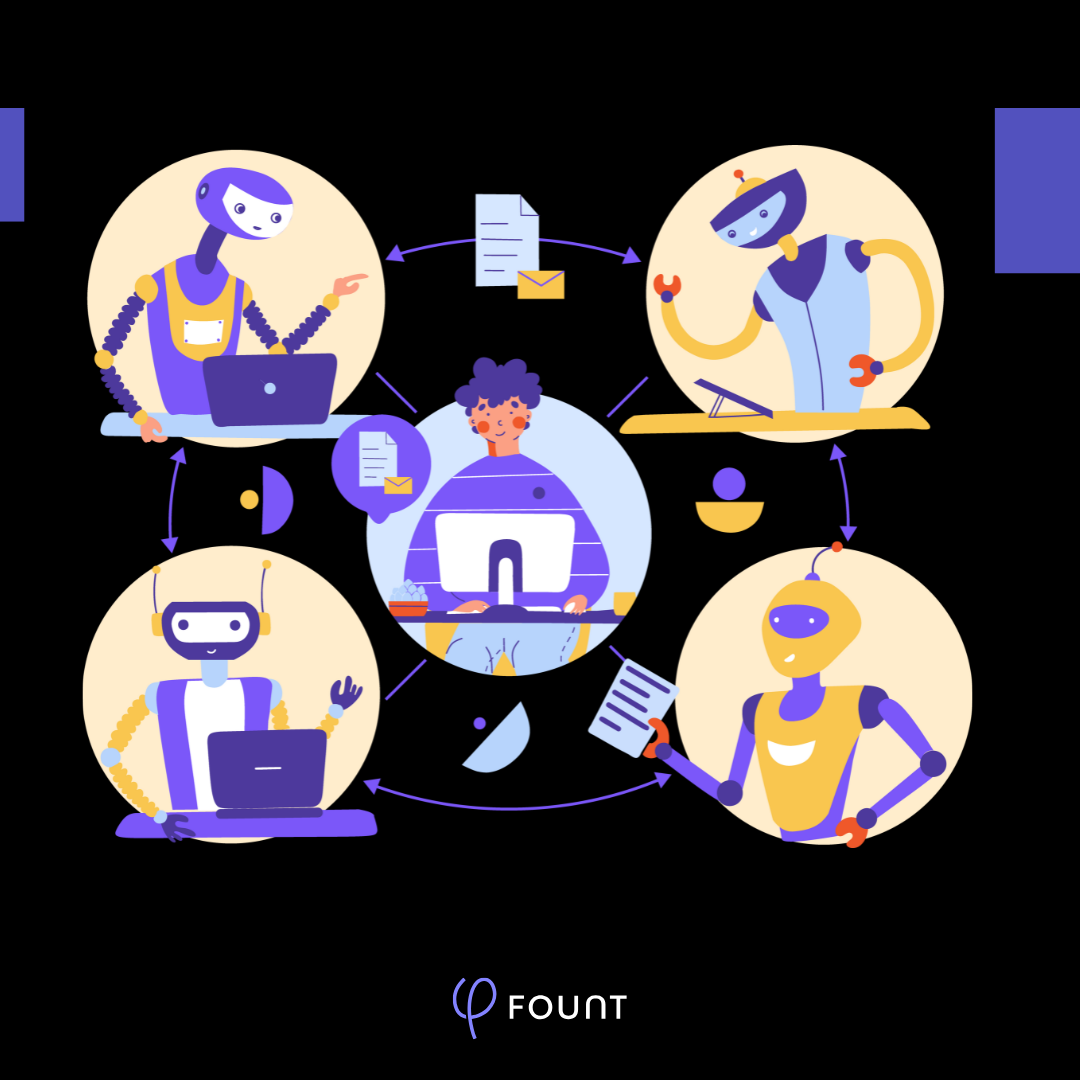
Insights
How to Keep Up with the Latest AI Developments
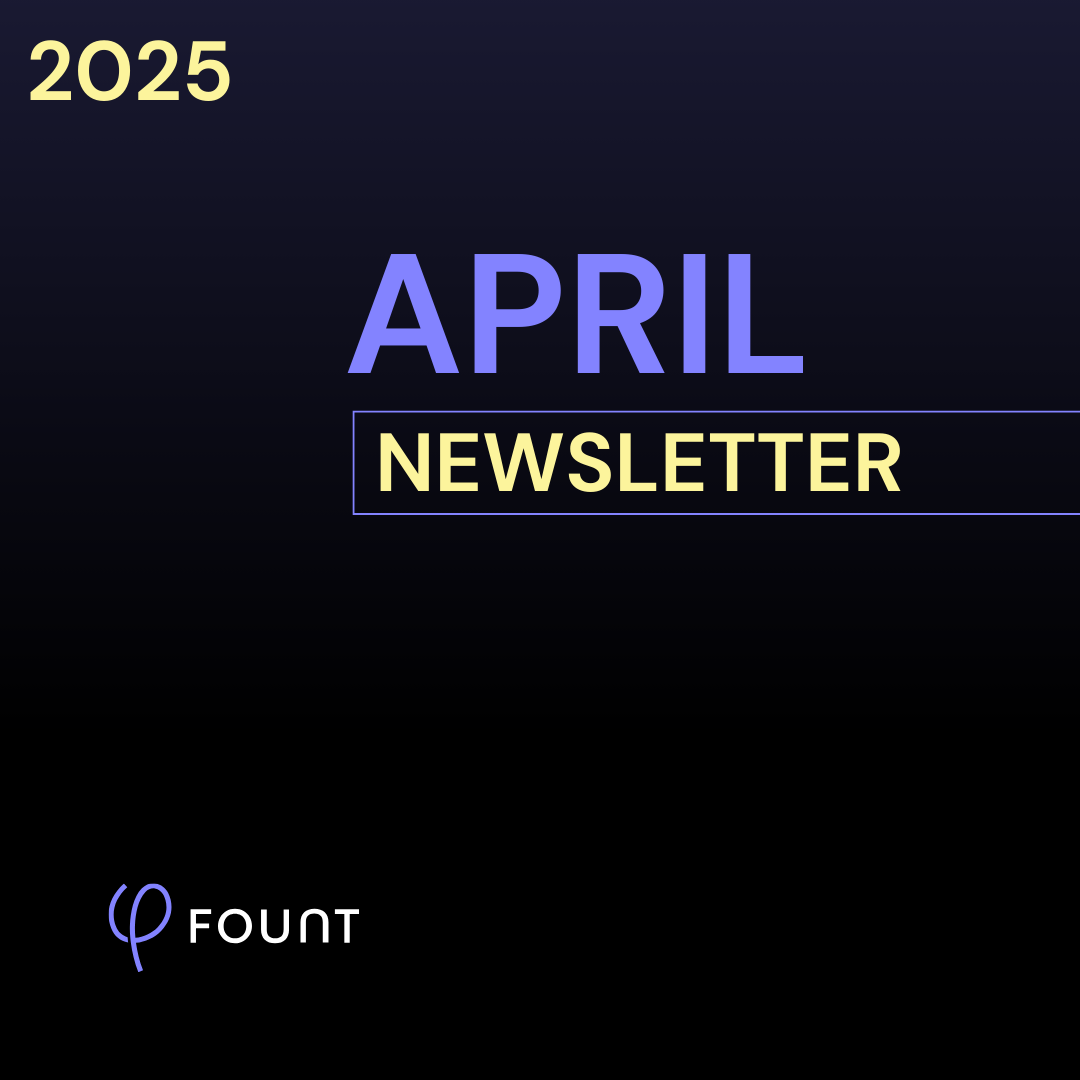
Insights
APRIL Newsletter. Friction: You Can’t Improve What You Can’t See

Guest Post
AI is Reshaping the HR Operating Model: Here’s What 15 Leading Companies Discovered
